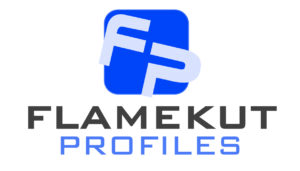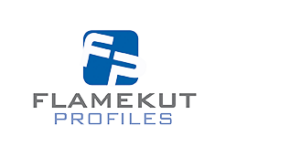Does flame cutting require LEV (Local Exhaust Ventilation)
Flame cutting, a widely used industrial process, involves the use of intense heat to sever or shape metal. While it is an indispensable technique in various manufacturing and construction applications, it comes with inherent risks. One crucial aspect often overlooked is the necessity of Local Exhaust Ventilation (LEV) systems to mitigate potential hazards and ensure a safe working environment.
Flame cutting, also known as oxy-fuel cutting or gas cutting, utilises a mixture of oxygen and a fuel gas, such as acetylene, to create a high-temperature flame. This intense heat is directed at the metal, causing it to melt or oxidise, allowing for precise cutting and shaping. Commonly used in metal fabrication, shipbuilding, and construction, flame cutting is efficient but not without its safety concerns.
What are the hazardous byproducts of flame cutting
When performing flame cutting, several hazardous by-products are generated. These include metal fumes, oxides of nitrogen (NOx), carbon monoxide (CO), and other particulate matter. Prolonged exposure to these substances can pose serious health risks, such as respiratory issues, eye irritation, and long-term damage to the lungs.
What is LEV?
Local Exhaust Ventilation (LEV) is a system designed to capture and remove harmful contaminants at the source before they can disperse into the surrounding air. In the context of flame cutting, an effective LEV system plays a crucial role in maintaining a safe and healthy working environment.
Contaminant Capture: LEV systems, equipped with strategically placed hoods or nozzles, capture contaminants directly at the point of generation – the flame cutting process. This prevents the dispersion of harmful substances into the general workspace, reducing the risk of inhalation by workers.
Air Filtration: Once captured, the contaminated air is then filtered through an appropriate ventilation system. This process removes the harmful particles and gases, ensuring that the air released back into the workspace meets safety standards.
Worker Protection: Implementing an LEV system safeguards the health and well-being of workers by minimising their exposure to hazardous by-products. Properly designed and maintained LEV systems significantly reduce the risk of respiratory issues and other health-related complications associated with flame cutting.
Regulatory Compliance: Many health and safety regulations mandate the use of LEV systems in industrial settings where hazardous processes, including flame cutting, are employed. Adhering to these regulations not only protects workers but also ensures legal compliance for businesses.
Should you use LEV?
While some businesses may view the installation of LEV systems as an additional expense, it is essential to recognise the long-term benefits. The cost of implementing an effective LEV system is outweighed by the potential savings in healthcare costs, improved worker productivity, and compliance with regulatory standards.
Moreover, LEV systems contribute to the overall efficiency of the workplace. By maintaining a cleaner and safer environment, workers are less likely to suffer from health issues, resulting in reduced absenteeism and increased productivity. A safe and healthy workforce is an invaluable asset for any organisation.
In conclusion, the question of whether flame cutting requires Local Exhaust Ventilation has a resounding affirmative answer. The implementation of an effective LEV system is not only a legal necessity in many jurisdictions but also a fundamental step towards ensuring the well-being of workers and the overall success of a business. (Check out the HSE guidance on LEV usage here) In the dynamic landscape of industrial processes, prioritising safety through LEV systems is a proactive measure that pays dividends in the form of a healthier, more productive workforce and a workplace that complies with the highest safety standards.

